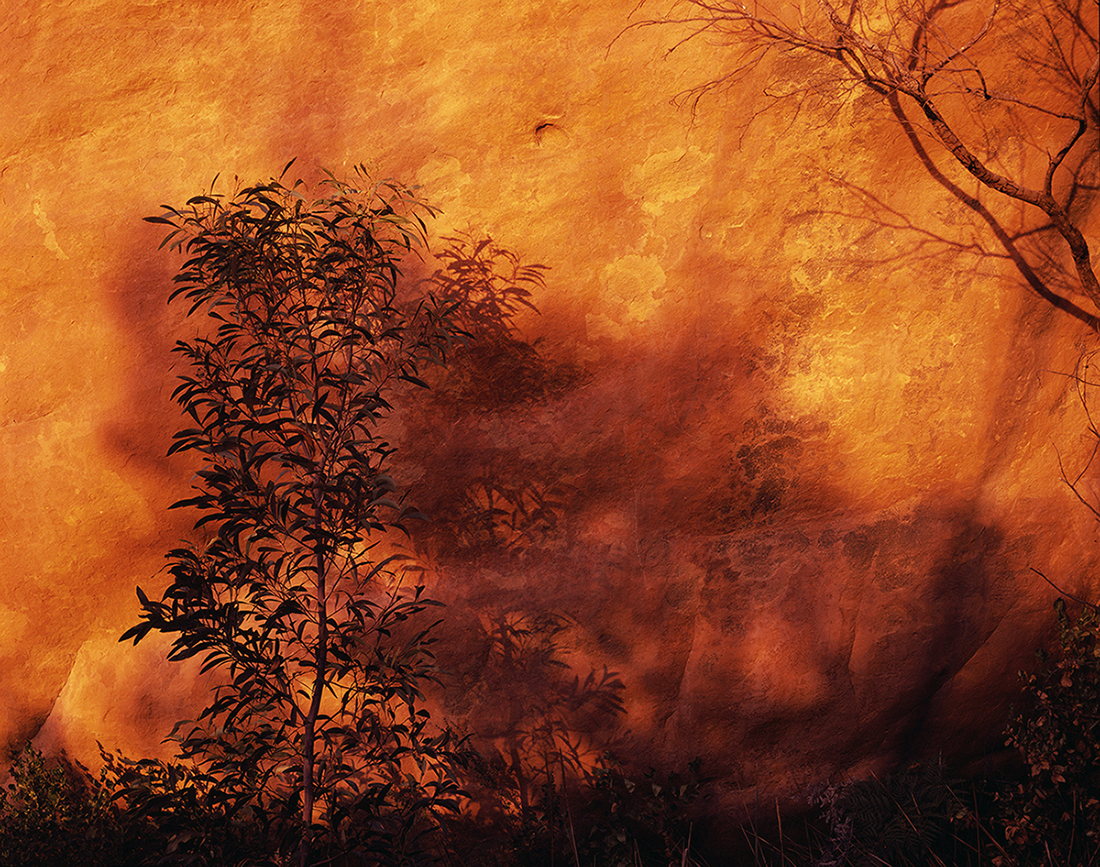These introductions explore the visual concepts and ideas that inform ways of making a photographic fine print. A fine print is more than a physical representation of a photographic image, a fine print is an expression of all the things the artist ‘saw’, ‘felt’ and ‘responded to’ in making the image. To nuance a photographic fine print, to make something that is extraordinary to look at, requires a set of problem solving concepts that can be technically executed using image editing applications and the correct choice of paper.
Photography is inherently an analytical discipline. Where a painter starts with a blank canvas and builds a picture, a photographer starts with the messiness of the world and selects a picture. A photographer standing before houses and streets and people and trees and artifacts of a culture imposes an order on the scene – simplifies the jumble by giving it structure. He or she imposes this order by choosing a vantage point, choosing a frame, choosing a moment of exposure, and by selecting a plane of focus.
(Stephen Shore, The Nature of Photographs, pp. 37)
(Stephen Shore, The Nature of Photographs, pp. 15)
-
-

-
 Shane HulbertApril 19, 2017
Shane HulbertApril 19, 2017
